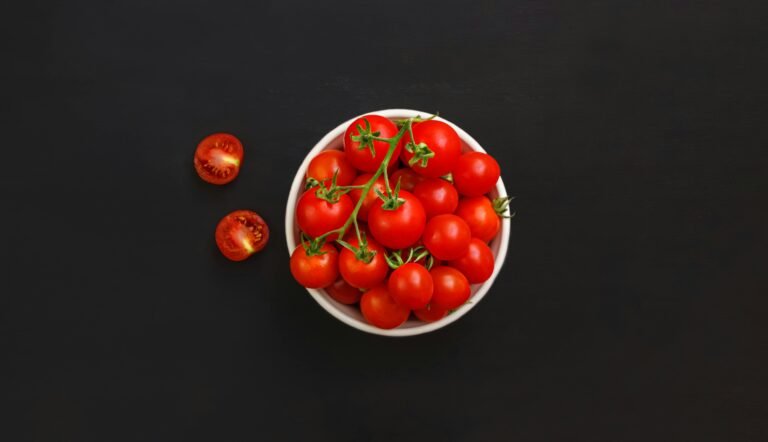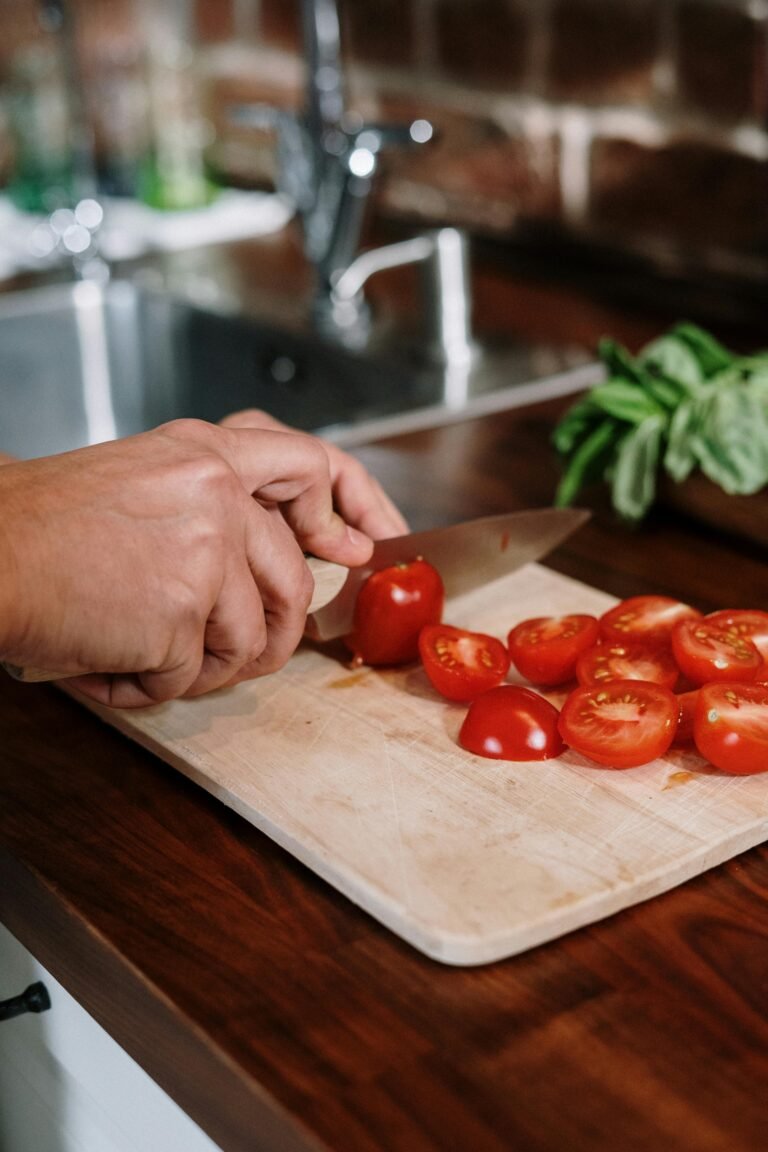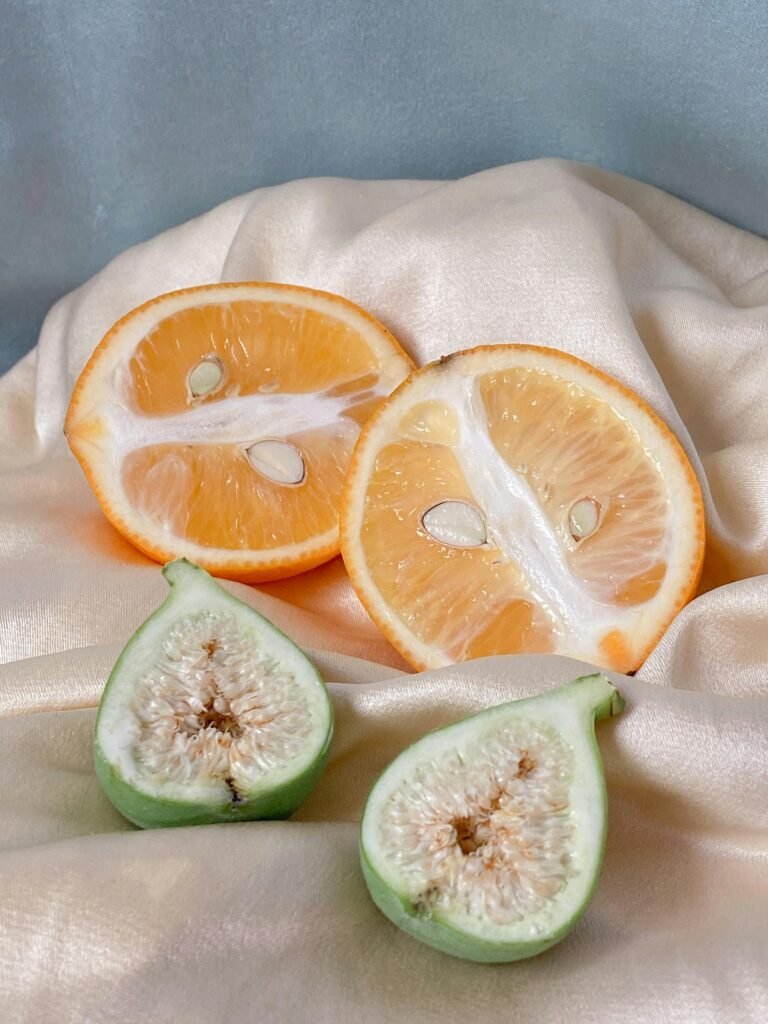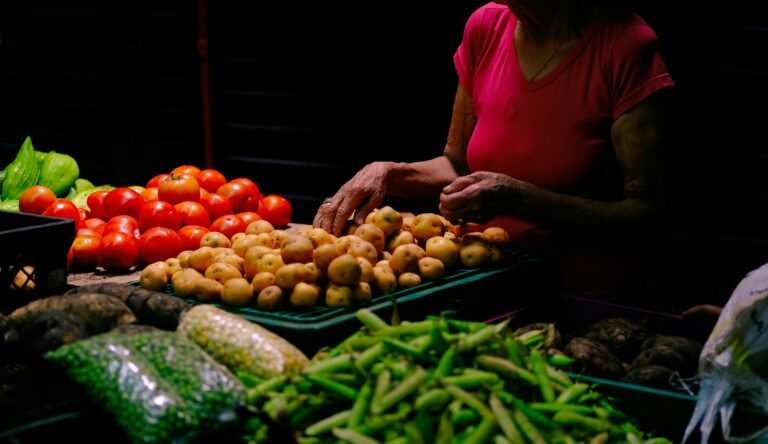The thousand properties of the annona
The cherimoya anonna is a special fruit , of tropical origins and typical of autumn, in the sense that from the end of September to the end of November you can also find it on the Italian market, and not just imported. In fact, even in some areas of southern Italy, thanks to a warm and favorable climate, one can find annone, or Graviola or, in English, custard apple. In Spanish they are found as cherimoya. Depending on the variety, the fruit from the outside appears slightly different, but the shape is the one you see in the picture, and inside they all look alike.
The annona has in fact a white and pulpy fruit inside, fresh and sweet, with a slightly acidic taste. It has black seeds.
ANNONA: PROPERTY
You will hear that annona has anticancer properties, both because it has a lot of vitamin C, as we will see, which however contains many antioxidants in general, which is why it would be better not to cook it ever.
However, official medicine has long denied its effectiveness, reiterating that there is no food capable of fighting a neoplasm like a drug.
So we can say that, like many other foods in nature, annona has an antioxidant and immunostimulating effect, so let’s say preventive but not curative.
It is good to specify it, but it is also good to know that this fruit is equally precious for our health.
First of all, despite its incredibly fresh and sweet taste, annona is rich in vitamin C. Eating one of these fruits for breakfast leads us to have covered and exceeded the daily requirement of vitamin C, which as you know is a vitamin that we must supply to our body every day to stay healthy. It also contains a lot of folate, potassium, phosphorus and magnesium and has nearly eighty percent water.
ANNONA: NUTRITIONAL VALUES
Its caloric content is varied: the fruit of the annona should be eaten ripe. Unripe, it is inedible and “allappa”: you can see the ripening from the fact that it is not very hard to the touch on the outside, but begins to soften slightly and make brownish patches. Let’s say that per one hundred grams it contains about 70/80 calories, roughly like mango.
Its sugar content splits into almost equal parts, like banana, between dextrose and fructose, and it has 3 grams of fiber per 100 grams. A large annona contains about 300 grams of pulp.
In addition to being rich in vitamin C, it has annonaceous acetogenins, antibacterial and antiparasitic substances and is rich in polyphenols. But the thing that makes me love her most is her taste: she is very good. If ripe at the right point it is ideal for those who love sweets and suffer from nervous hunger , because it is really better than a snack or a slice of cake. As well as more satiating.
In Calabria, Sicily and Spain the annona grows naturally but in different periods: while in Italy it is found in autumn, in Spain it is found in February / March.





























+ There are no comments
Add yours